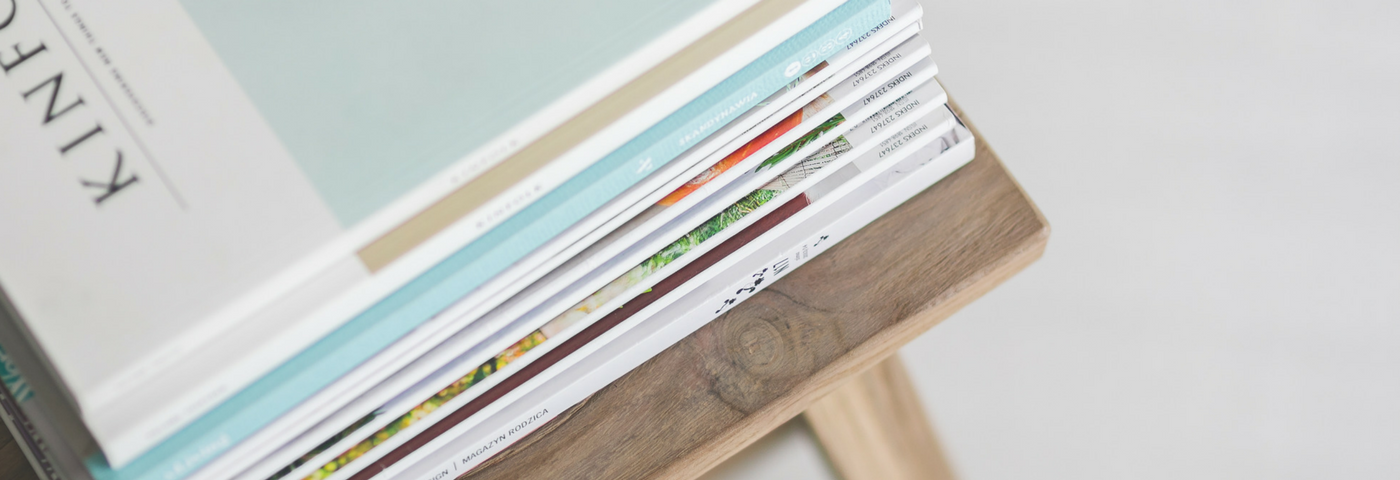Article by Marie Grove Walton of Grove Communication
A PR agency is a pivotal and considered spend for any brand, regardless of the size. For a start up brand, it is a critical part of the brand launch process, as you only get one shot to make the right first impression, especially to the press.
A misunderstanding of your product and positioning means in turn, your prospective consumer also won’t understand what your brand is about and can have unfortunate consequences. As an established brand with a desire to grow brand awareness, working with the right agency and partner is critical to maintaining strong brand positioning and ensuring your brand is continuously talked about in the press.
From the first meeting, to the pitches, to the initial launch period of working together, here are a few pointers on how to get the most out of your relationship:
1. Clarity – what do you want to achieve from PR?
Be completely clear in your mind about what it is you would like to achieve, both in the short and long term for your brand and your working relationship with the agency – this becomes your brief.
This could be as simple as a bullet point email, but will help both yourself and your agency be crystal clear of expectation levels and what is reasonably achievable for both parties from the out-set.
2. Audience – do you understand your customer?
Be clear on your company’s target audience, retail and sales goals in your first meeting with your prospective agency, ensuring you also thoroughly go through the product(s) in detail and any inspiration behind the designs. Very often clients omit key information they don’t think is relevant to a PR agency, which is a mistake.
A good PR is only as good as the information they receive from clients and a good agency should know how to draw on your brand heritage and story to craft the best possible picture of your brand and product to the press. The better informed the agency is, the better they should be able to build your profile with the right media titles and craft a press release that best communicates your brand.
3. Forward Planning – do you have the material to support a PR strategy?
“Failing to prepare is preparing to fail.” Press need a steady stream of new information ideally every four to six months to keep your brand relevant to their readers. One of the most important things is to sit down and forward plan each season in detail with your agency so you’re both working towards the same timelines simultaneously.
PR should be thought of as a sales driving tool first, and a brand building tool second. You want to ensure the new product lines dropping into retail coincides with those same products being in the press.
Read more: Can Remarketing Help Your Business?
Journalists also continuously want to give their readers the latest and greatest news and product launches from brands, so once a product has been saturated with the press, you need to have new products in the pipeline dropping soon after to keep your brand continuously in the press and talked about.
Forward planning with your agency should include;
- What are the key products to push each month that are in line with the company’s sales goals?
- When do you want to launch newness and what will be the relevant story/press angles?
- When will photos, imagery and samples be available? The longer lead your agency has on these, the better.
Press work a minimum of four to six weeks in advance (with longer leads working up to four months in advance), so your PR will only be as good as the information you give your agency and the time frame in when you deliver it to them – being constantly reactive and last minute rather than proactively forward planning is a waste of everyone’s time and money and will absolutely not result in the best possible coverage.
4. Samples – have you invested in product samples?
Whilst getting an extra set of product samples to your agency may seem like an unnecessary added cost to the bottom line, there is no point hiring the agency without being able to get samples to press within an hours notice.
There are some exceptions to this rule (i.e. products that have a very high value), but most key press want to see a sample of the product before recommending it to their readers. Without good samples, you lose PR momentum with press, which can ultimately lead to a consistent loss in media coverage.
5. Images – are you creating quality images for your brand?
To a very large degree, the quality of your PR will only be as good as the assets you have produced. Unless you plan on having your agency assist with this important element, there is really no point even getting started until you’ve got high quality imagery.
Read more: How To Boost Your Brand With Influencer Marketing and Bloggers
This includes digital assets on all products being sent to press and short films on your brand or new products where possible, plus photographs of your brand founder/CEO (in alignment with your brand identity). I cannot over estimate the importance of this, especially within the digital landscape that is now a primary part of any media strategy. I’ve seen time and again where brands invest heavily in most areas of their business (product design, packaging, marketing materials), and then skimp on good asset creation. In my experience that’s a big mistake and huge missed opportunity.
Press are stretched for time and budgets, so the better quality the assets you can present to them (layout, resolution, etc), the better your PR results will be. A good agency should be able to guide you on this.
6. Digital – does your website stand up to scrutiny?
When producing a campaign, you need to think backwards and tailor your assets and strategy to the digital platforms you’re running the campaign on. For example, to execute an effective Instagram campaign, the imagery should be shot or cropped differently to a Facebook or Twitter campaign.
A recent Condé Nast Digital Report showed the effectiveness in reaching each demographic across these platforms comes down to the tailoring of the campaigns. Within the digital sphere, a one-size fits all approach is not the most effective strategy.
7. People – do you trust the PR agency you have on board?
To get the most out of working with a good agency, there has to be a big element of trust. If you don’t have confidence in those working for you, it won’t be an effective relationship from the start. PR starts as a small snowball that gains momentum and grows bigger and stronger over time. Due to press lead times, competing with existing stories already allocated in their pipeline and advertiser priorities, you will typically not see fast and furious results.
Read more: What Do Customers Look for in Luxury Brands in 2017?
Instead, you should see the first few months reports showing what’s coming up, press feedback on your brand, and any advice back from your agency on what might need tweaking in order to ensure the desired results as a collective success.
If you feel your agency isn’t doing enough or delivering what they promised, have a frank conversation. If after four to six months the momentum hasn’t really taken off, either you need to find another agency, or you need to revisit what is not working across your brand.
8. Communication – can you have an honest conversation with your PR company?
Assumptions are the mother of nearly all disasters and with PR, continuous communication is KEY! You should aim to meet with your agency at least once to twice per month, to go over the past months focus and achievements, review anything that’s not working and forward plan together the next few months.
This is also a great time to go over new products coming out, review what is trending, what your competitors are doing in the market or notify your agency in any delays in product delivery, etc, so small issues can be ironed out quickly or strategies shifted.
Conclusion – the power of good PR
How PR actually works is often very misunderstood, so if you or your staff are not completely clear on the in’s and out’s of this fast paced industry, it’s a good idea to ask your agency to give you a crash course so you’re all on the same page.
Read more: Essential Things To Know About Facebook Advertising
Remember, PR should be looked at as a long-term investment, unless your budget only permits you to do a one off launch or rebrand project. It takes time to get the account up and running and introduced properly to the press, hence, I would steer clear of any agency that promises the world in the first couple of month.
PR is a effective and necessary tool within your marketing mix that can help grow your brand awareness and sales. Working in close tandem with your agency and ensuring you invest in the right tools, together with forward planning will ensure you get the most out of your investment.
Discover more about Grove Communications here.
We’re #withyou to support your social media and digital marketing goals. Speak to the team at International Jewellery London to find out more.





Hello Sarah,
I am currently researching for a good-creative PR Agent and never thought about the issues you raised. So I was thrilled when I stumbled across your article. I feel better prepared already so thank you!
I will be participating at the IJL2018.
Hope to meet you in person then.